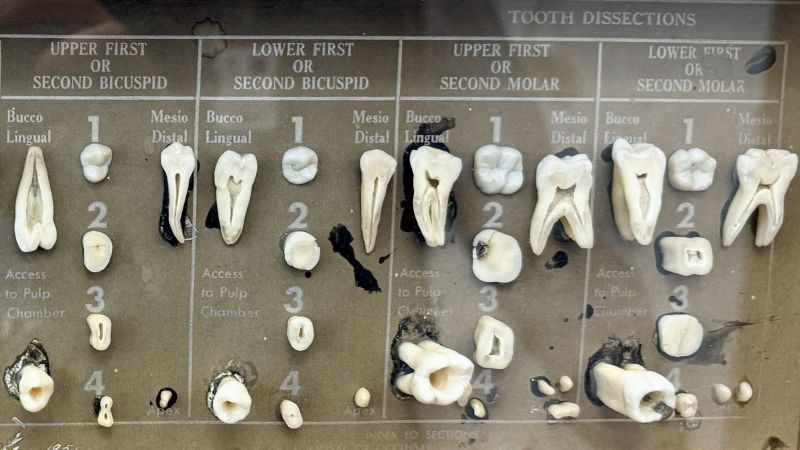Vital Health Data Disappears: Do Trump Administration Cuts Threaten Public Health?

A concerning trend has emerged from the early days of the Trump administration: the quiet dismantling of crucial public health data-gathering programs. More than a dozen initiatives, meticulously tracking deaths, disease prevalence, and other vital health indicators, have reportedly been eliminated or severely curtailed amidst a wave of layoffs and proposed budget cuts.
These programs, often operating quietly behind the scenes, provided invaluable insights into the nation's health landscape. They fueled research, informed public health policy, and enabled timely responses to disease outbreaks. The loss of this data raises serious questions about our ability to understand and address emerging health threats.
The Scope of the Cuts
The extent of the cuts is only now becoming fully apparent. Reports indicate that programs tracking everything from birth defects and hospital infections to opioid overdoses and Lyme disease have been significantly impacted. Some have been completely eliminated, while others have seen their funding slashed, leading to staff reductions and curtailed data collection efforts. The Centers for Disease Control and Prevention (CDC) and the National Institutes of Health (NIH), key agencies responsible for public health research and monitoring, have been particularly affected.
Why This Matters: The Consequences of Losing Data
The implications of these cuts are far-reaching. Without robust data, it becomes incredibly difficult to:
- Identify and Respond to Disease Outbreaks: Early detection is critical in containing outbreaks like the flu or measles. Reduced surveillance can delay responses and allow diseases to spread unchecked.
- Track Chronic Diseases: Understanding trends in chronic diseases like diabetes and heart disease is essential for developing effective prevention strategies.
- Evaluate Public Health Interventions: Data is needed to assess the effectiveness of public health programs and make adjustments as necessary.
- Allocate Resources Effectively: Data-driven decisions are crucial for directing resources to where they are most needed.
The Administration's Rationale and Concerns
The Trump administration has justified these cuts as part of a broader effort to streamline government and reduce spending. However, critics argue that the long-term costs of losing this data far outweigh any short-term savings. They contend that the cuts are short-sighted and could jeopardize public health for years to come.
The Future of Public Health Data
The elimination of these programs underscores the vulnerability of public health data to political shifts. It also highlights the importance of advocating for sustained investment in public health infrastructure. Experts are calling for greater transparency and public scrutiny of these decisions, as well as efforts to find alternative funding sources for vital data-gathering initiatives. The question remains: how can we ensure that the nation's health remains a priority, even in times of budget constraints?
The loss of these programs isn't just about numbers and statistics; it's about the health and well-being of the American people. It’s a cautionary tale about the importance of investing in the systems that protect us from disease and promote a healthier future.





